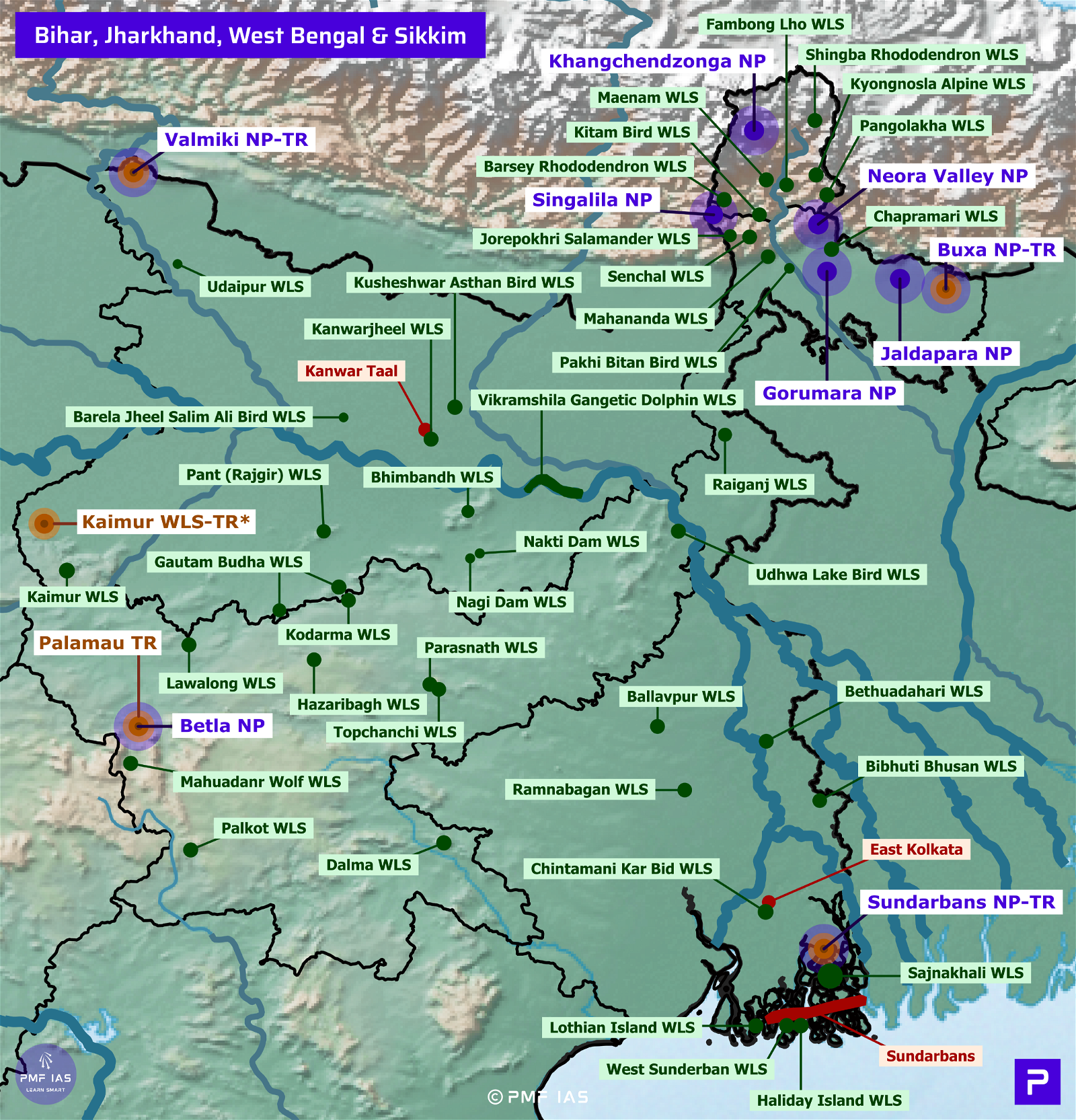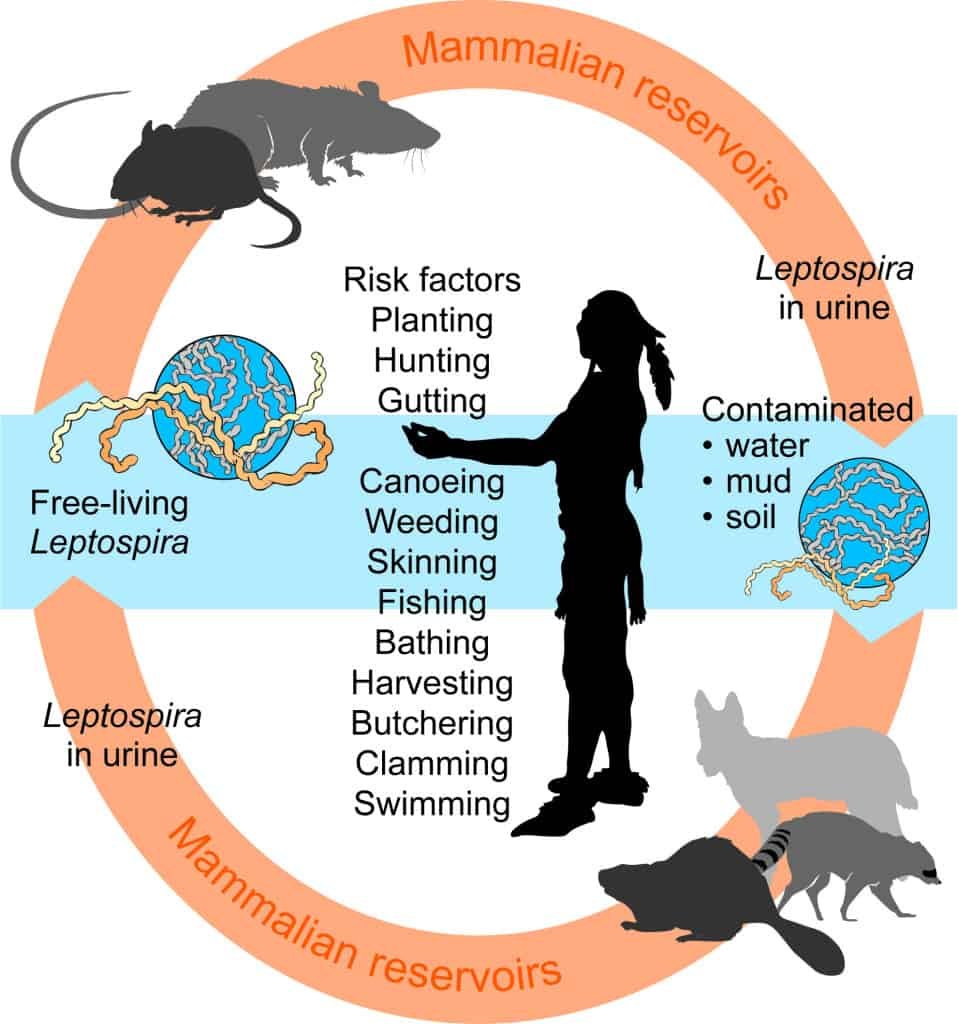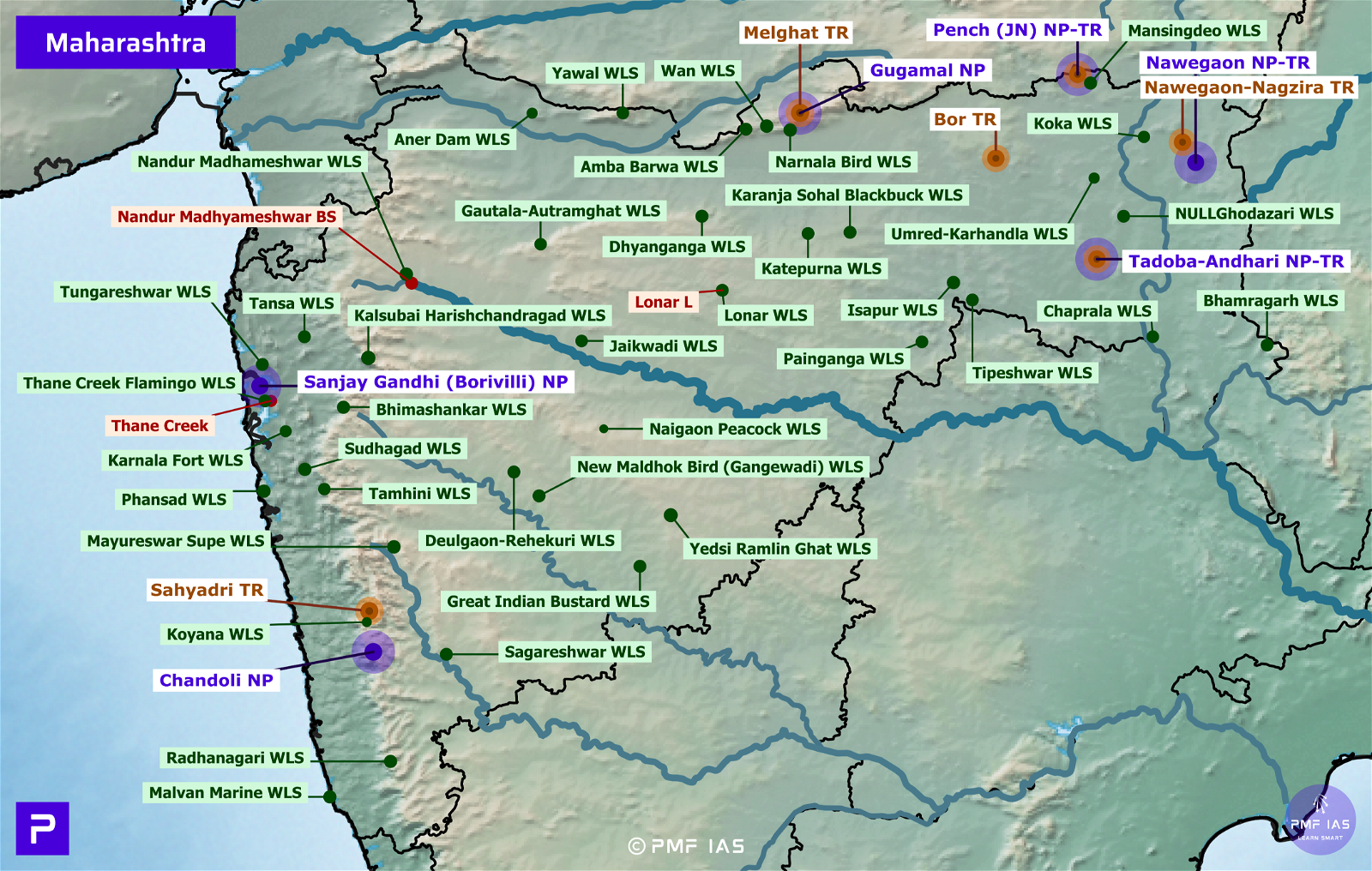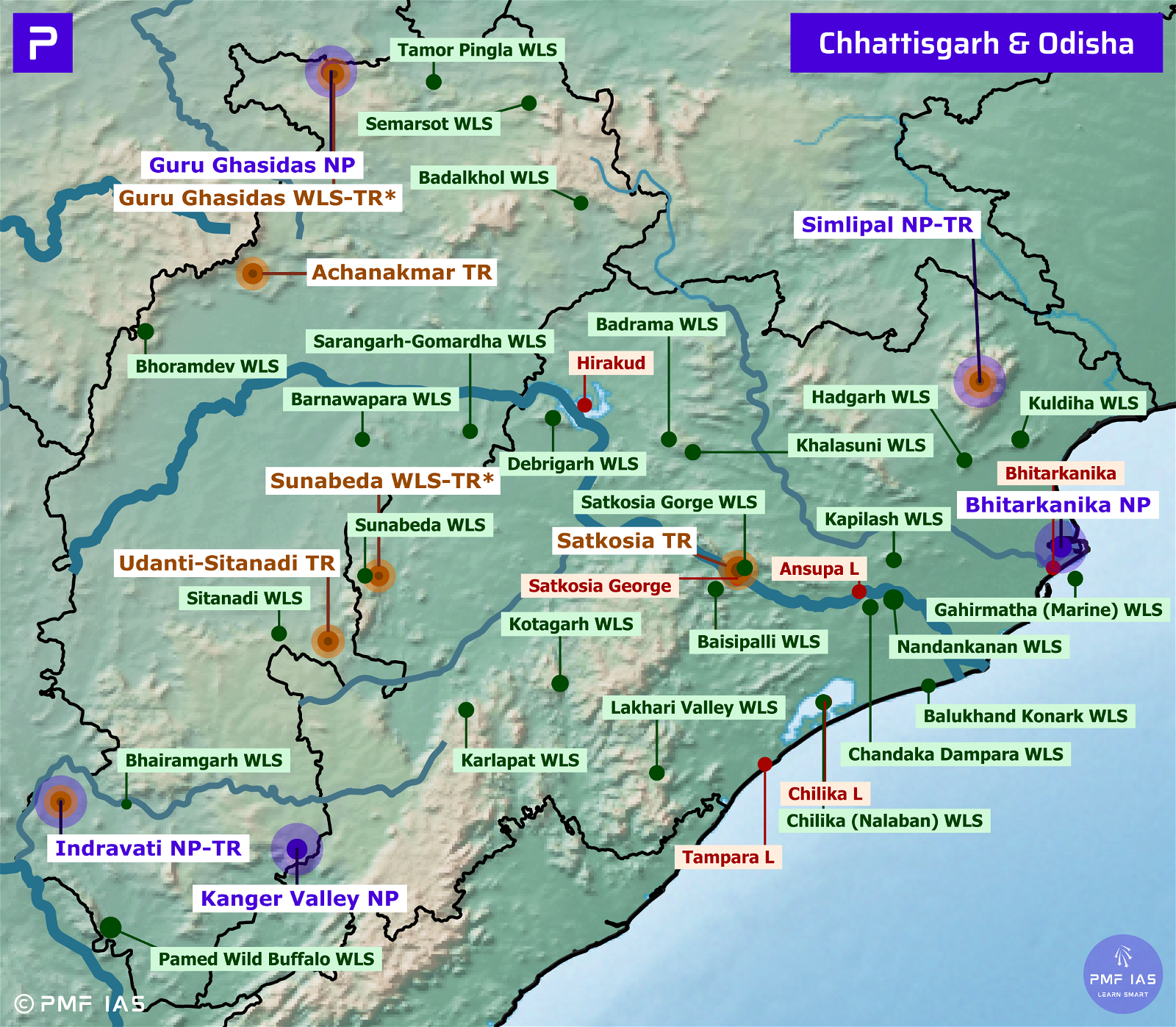
West Nile Virus
Subscribe to Never Miss an Important Update! Assured Discounts on New Products!
Must Join PMF IAS Telegram Channel & PMF IAS History Telegram Channel
- Context (TH): The Kerala government on May 7 issued an alert in the State against West Nile fever.
- The West Nile Virus is a mosquito-borne, single-stranded RNA virus. It is a flavivirus related to the viruses that cause Japanese encephalitis and yellow fever.
- It was first isolated in a woman in the West Nile district of Uganda in 1937.
- It is commonly found in Africa, Europe, the Middle East, North America and West Asia.
Transmission
- Culex species of mosquitoes act as the principal vectors for transmission.
- The virus is transmitted by infected mosquitoes between and among humans and animals, including birds, which are the reservoir hosts of the virus.
- It can spread through blood transfusion, from an infected mother to her child, or through exposure to the virus in laboratories. It is not known to spread by contact with infected humans or animals.
- To date, no human-to-human transmission of WNV through casual contact has been documented.

Credit: IE
Symptoms
- The disease is asymptomatic in 80% of the infected people.
- In 20% of cases, symptoms include high fever, headache, neck stiffness, disorientation, stupor, coma, tremors, muscle weakness, and paralysis. Most symptoms are similar to those of Japanese encephalitis.
- Severe infection can lead to neuroinvasive diseases such as West Nile encephalitis or meningitis, West Nile poliomyelitis, or acute flaccid paralysis.
Treatment
- There is no vaccine to prevent WNV infection.




![PMF IAS Environment for UPSC 2022-23 [paperback] PMF IAS [Nov 30, 2021]…](https://pmfias.b-cdn.net/wp-content/uploads/2024/04/pmfiasenvironmentforupsc2022-23paperbackpmfiasnov302021.jpg)











